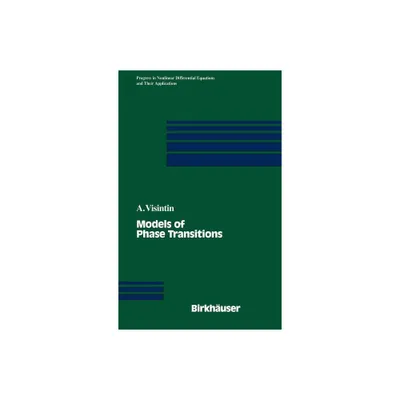Home
Modelling, Analysis and Simulation of Thermo-Elasto-Plasticity with Phase Transitions in Steel
Loading Inventory...
Barnes and Noble
Modelling, Analysis and Simulation of Thermo-Elasto-Plasticity with Phase Transitions in Steel
Current price: $64.00


Barnes and Noble
Modelling, Analysis and Simulation of Thermo-Elasto-Plasticity with Phase Transitions in Steel
Current price: $64.00
Loading Inventory...
Size: OS
*Product Information may vary - to confirm product availability, pricing, and additional information please contact Barnes and Noble
Steel is an important material in various applications. It has a complex material behaviour which is, in addition to elastic and plastic effects, basically characterised by phase transitions. An important feature in this context is the transformation-induced plasticity, which arises during phase transitions and leads to a permanent deformation at deviatoric stress. Coupled models for the material behaviour of steel, which describe phase transitions in addition to the temperature and the deformation, have been insufficiently investigated in a strict mathematical and numerical context so far. This thesis deals with mathematical modelling, analysis and numerical simulation of processes involved in the quenching of steel components. The complex behaviour of steel materials (in particular phase transitions and transformation-induced plasticity) is integrated in general models of thermo-elasto-plasticity. The main objective of this thesis is to formulate a model for the coupled problem of linear thermo-elasto-plasticity including phase transitions and the transformation-induced plasticity in steel as well as to prove existence and uniqueness of a (global-in-time) solution of the corresponding initial-boundary value problem under appropriate conditions for mixed boundary conditions. A simple numerical implementation of the fully coupled problem is suggested and validated. The qualitative behaviour of the solution is illustrated for the Jominy-End-Quench-Test. Summing up, the results provide a basic theoretical fundament for further mathematical investigation or the efficient implementation of numerical algorithms suitable for real-world applications.


















